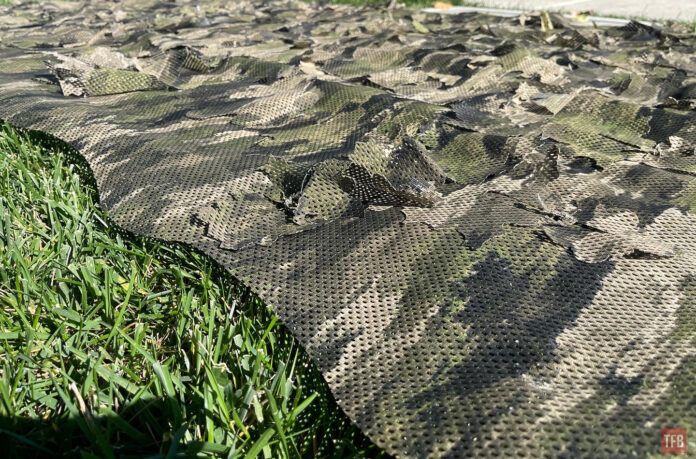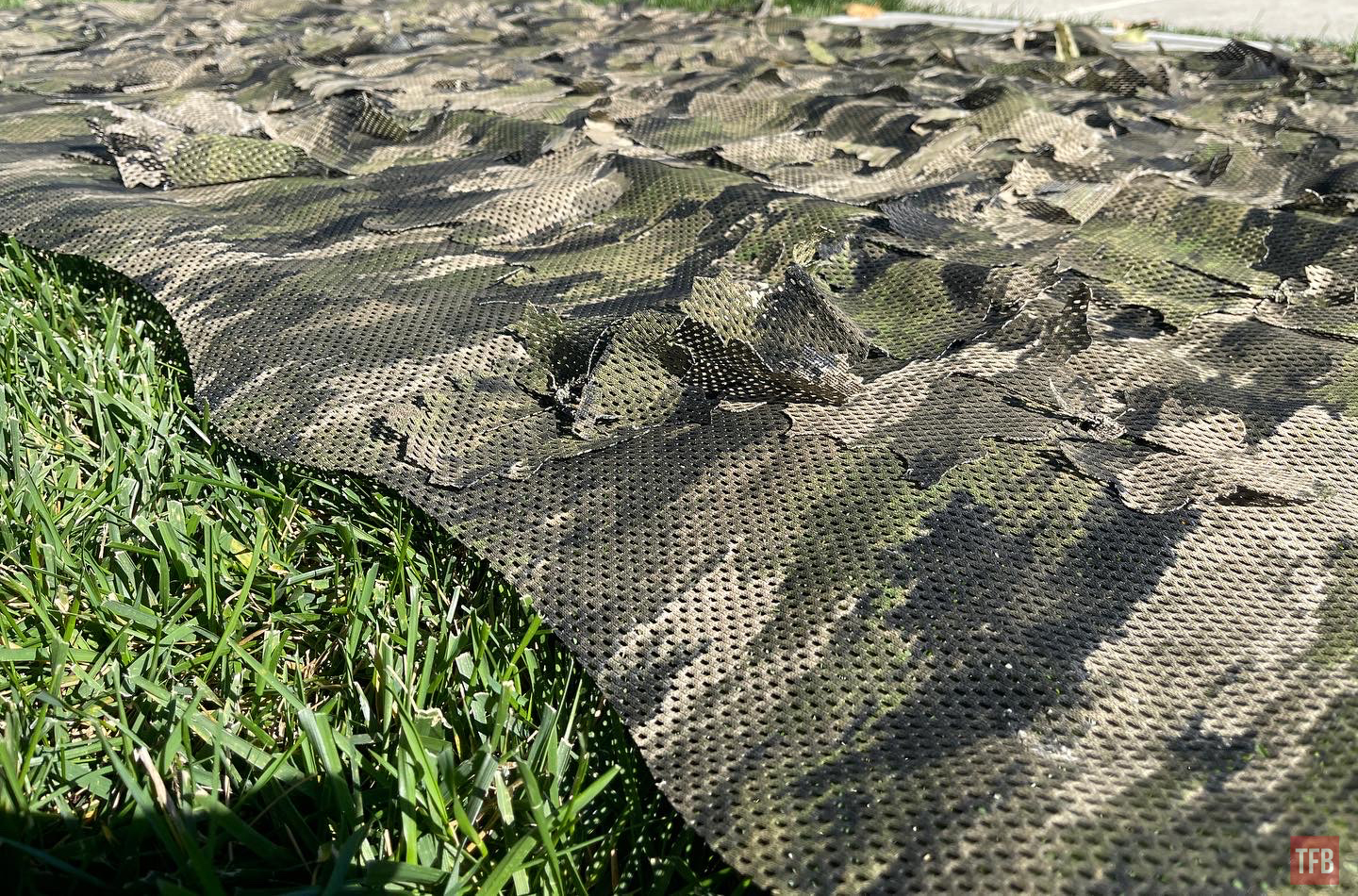
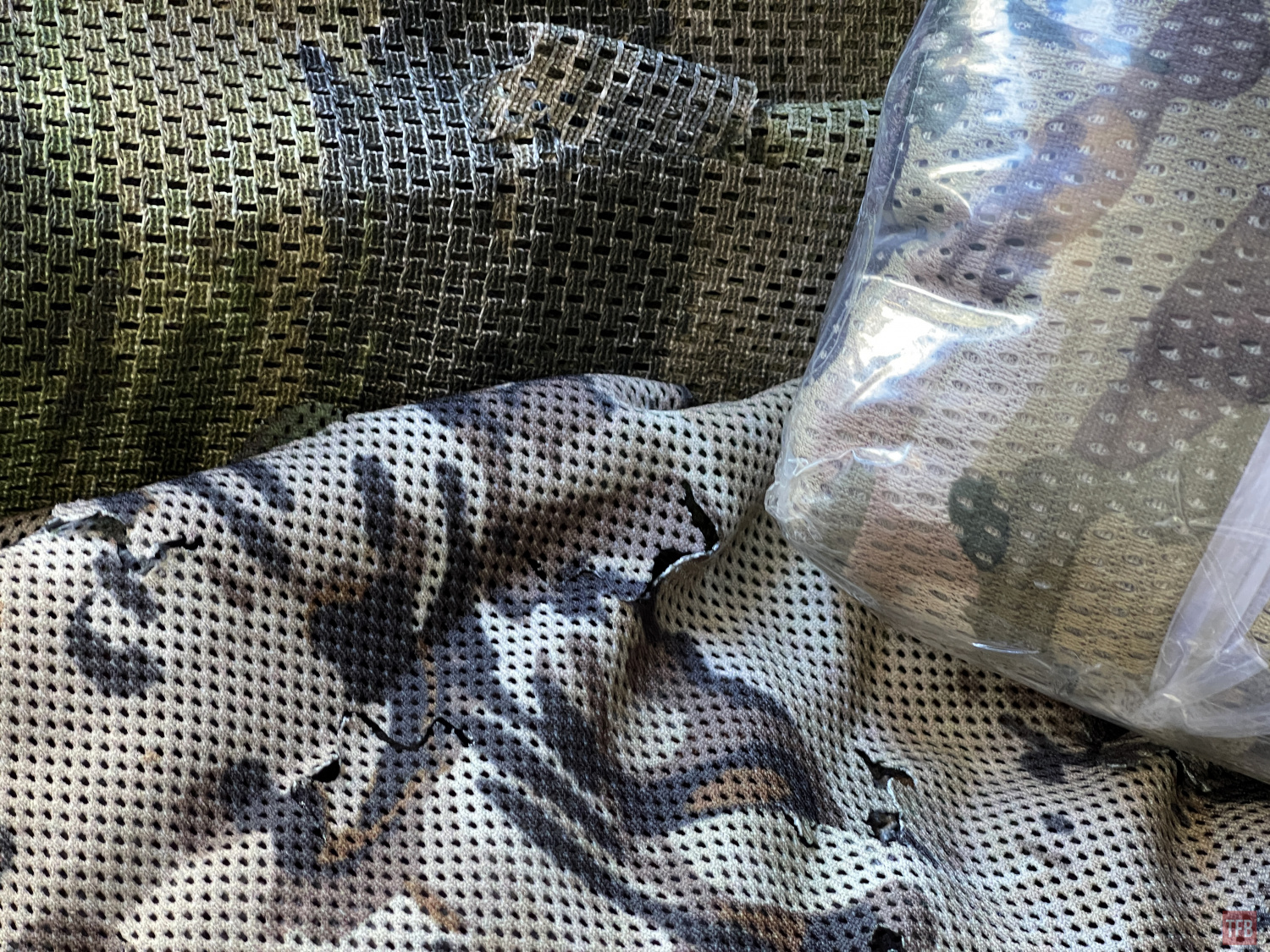
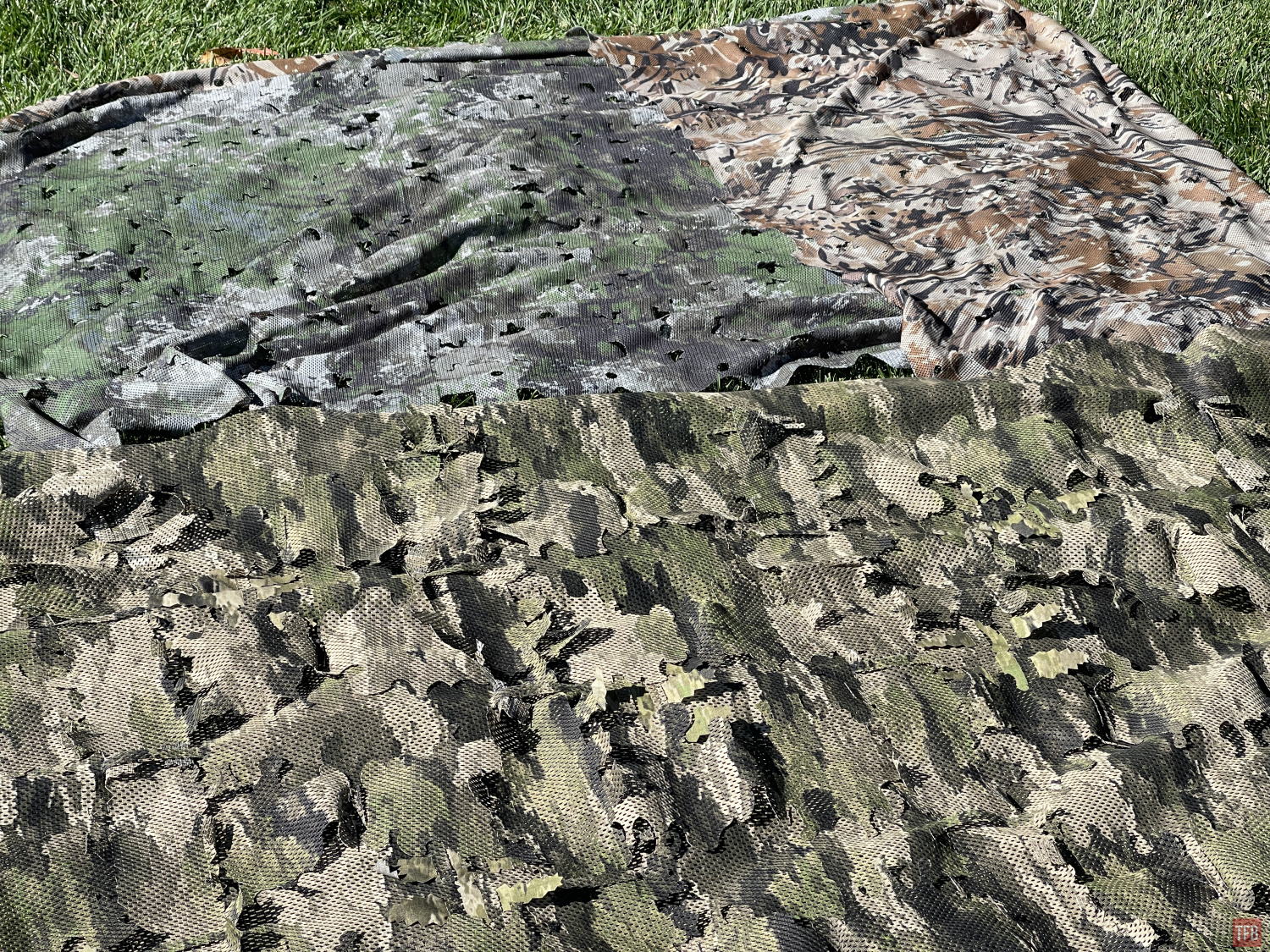
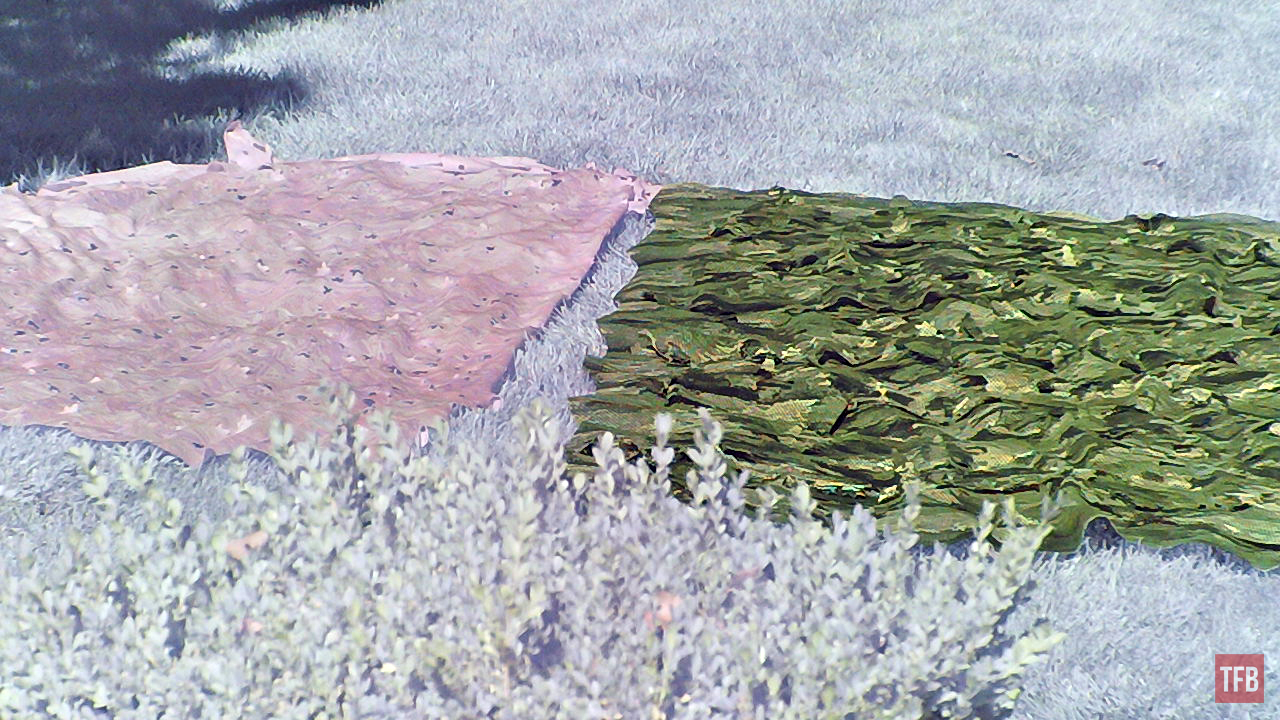
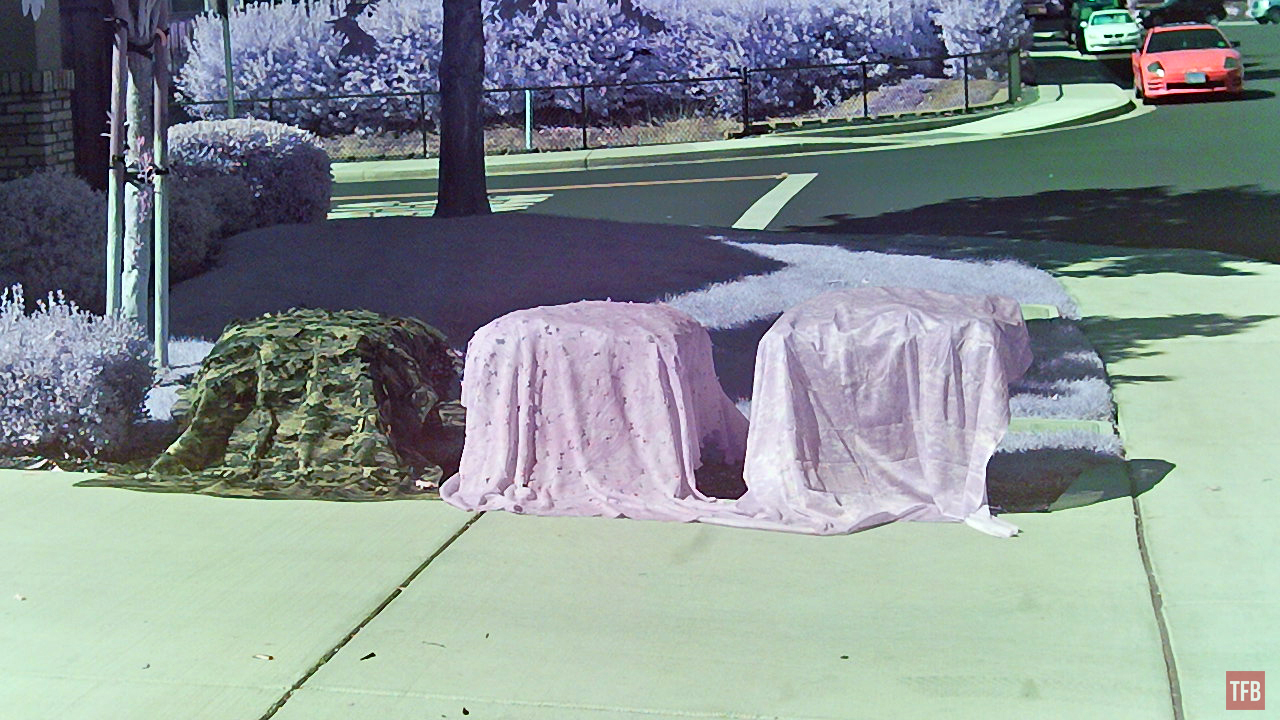
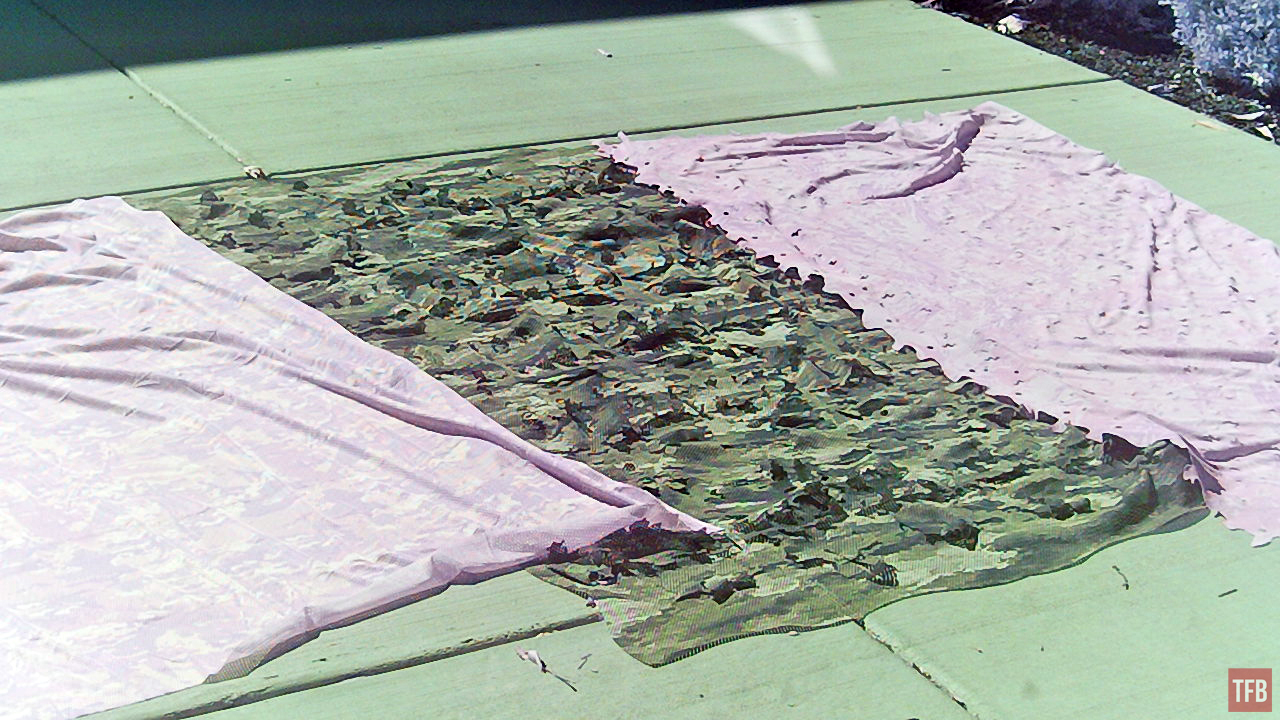
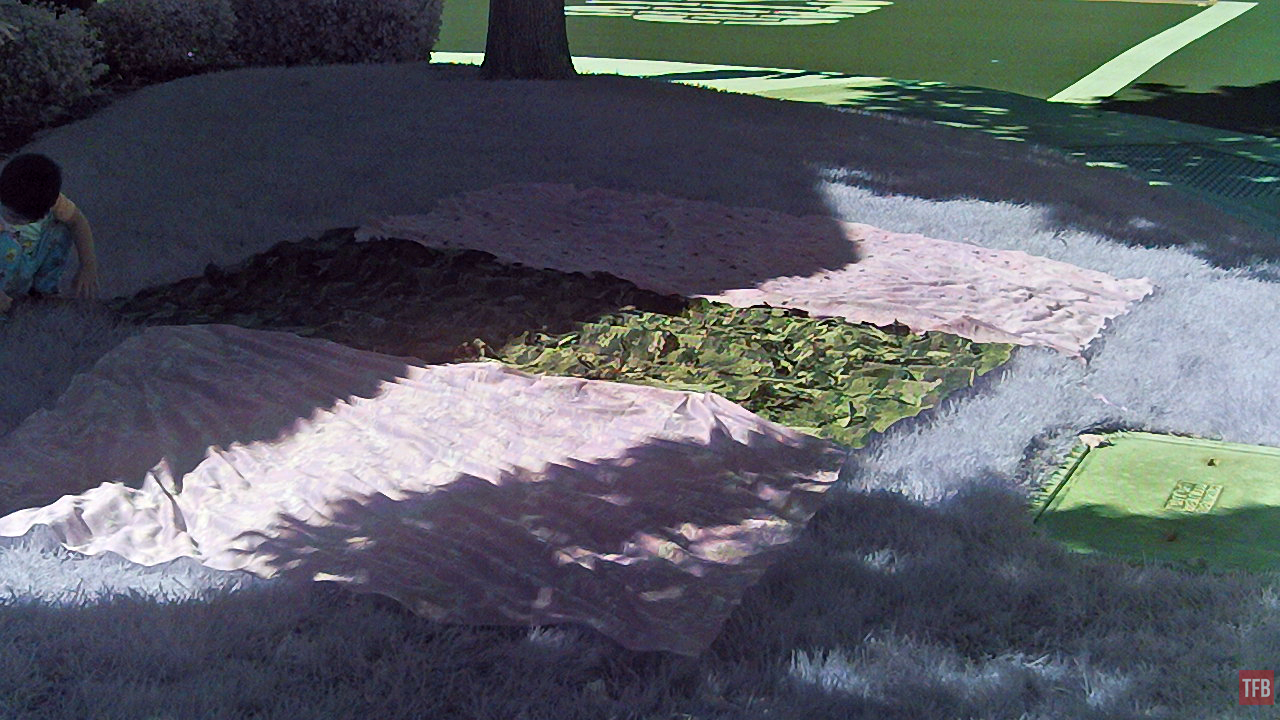
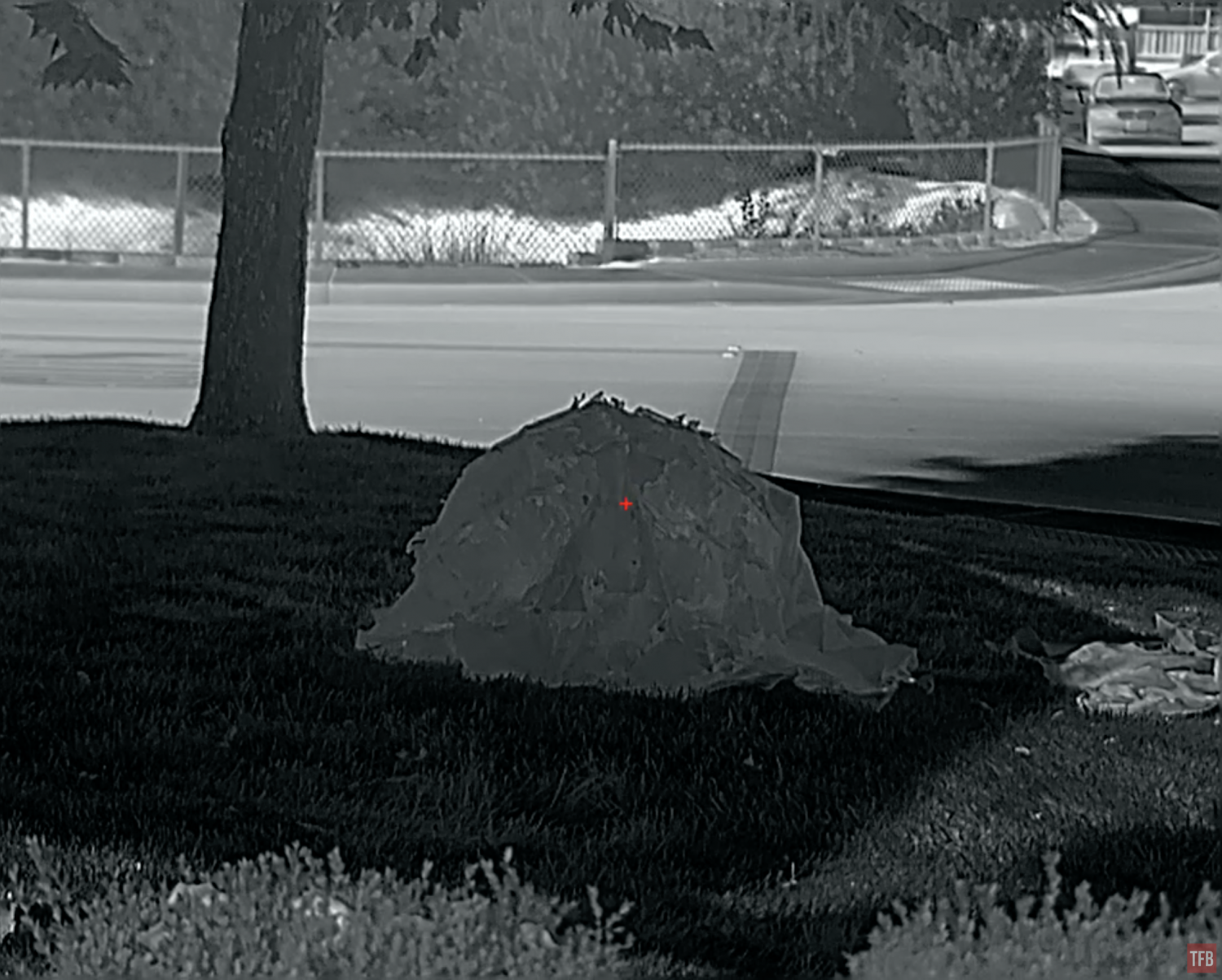
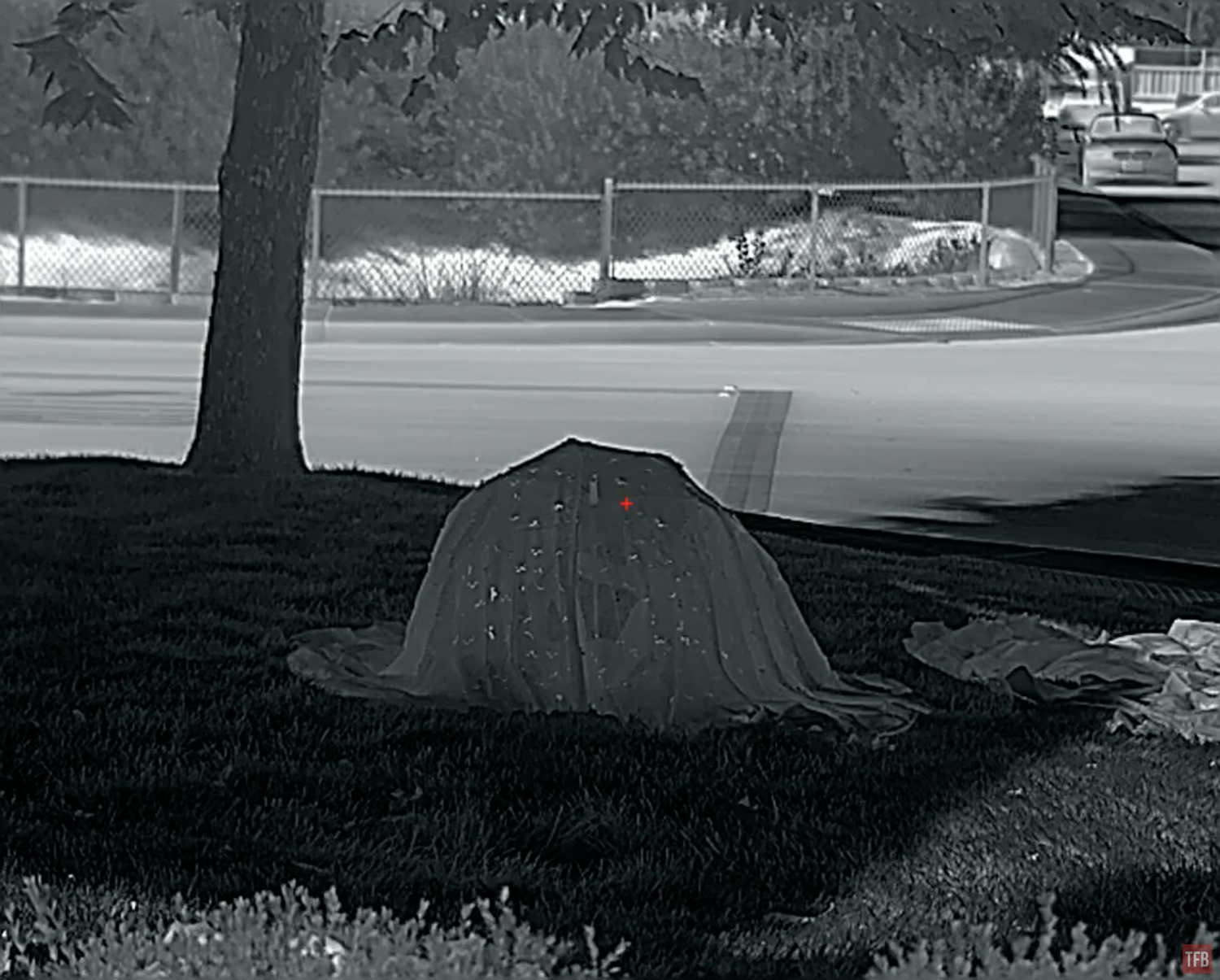
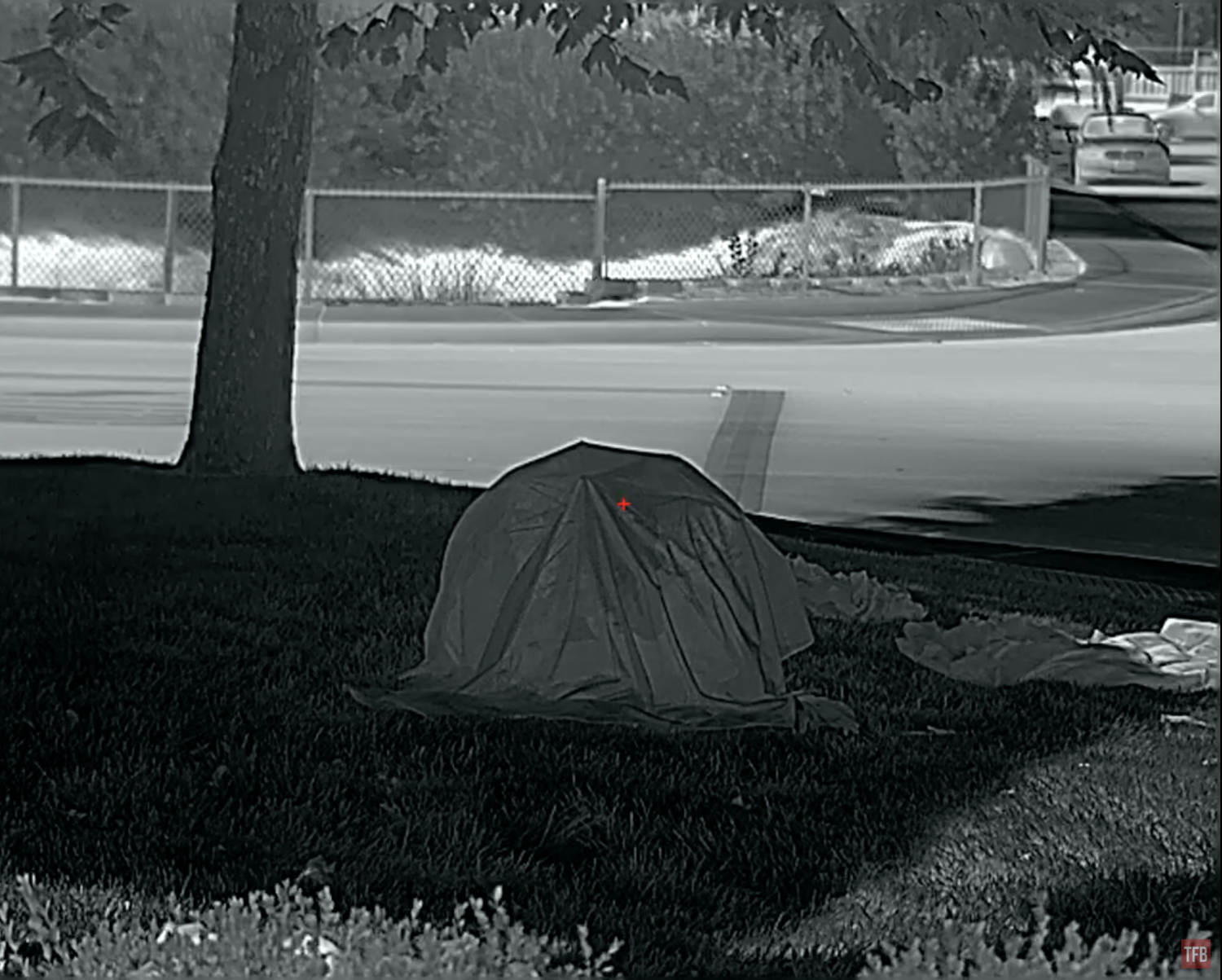
Last October I met up with Beez Combat Systems in Vegas right before Rifle Dynamics’ Red Oktober match. Beez Combat Systems are a long-time sponsor of the match. We tested their Spectral-Flage in the desert. Results were mixed. The heat of the desert, even at 7 am in the morning made it difficult to see body heat. I wish we had tested it at night.
The photo below was captured with my SiOnyx Aurora Pro looking through my SIG Zulu6 image stabilized binos. You can see how the black T-shirt looks pinkish but the green Spectral-Flage looks the same. But look at the vegetation around them. They have a purple/pink hue to them.
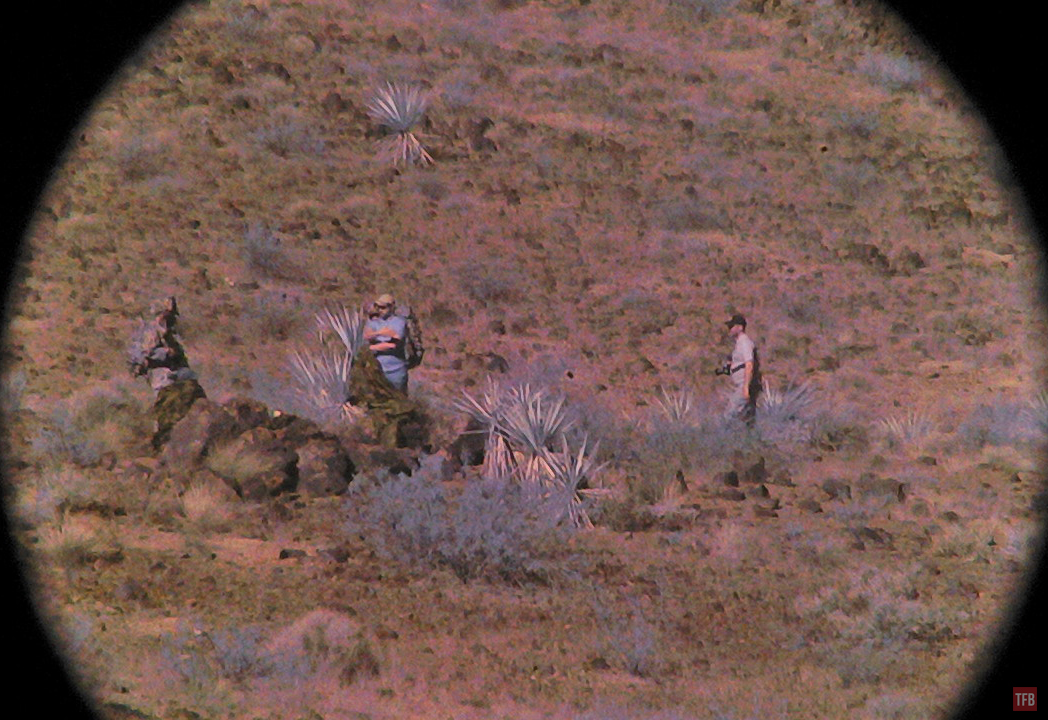
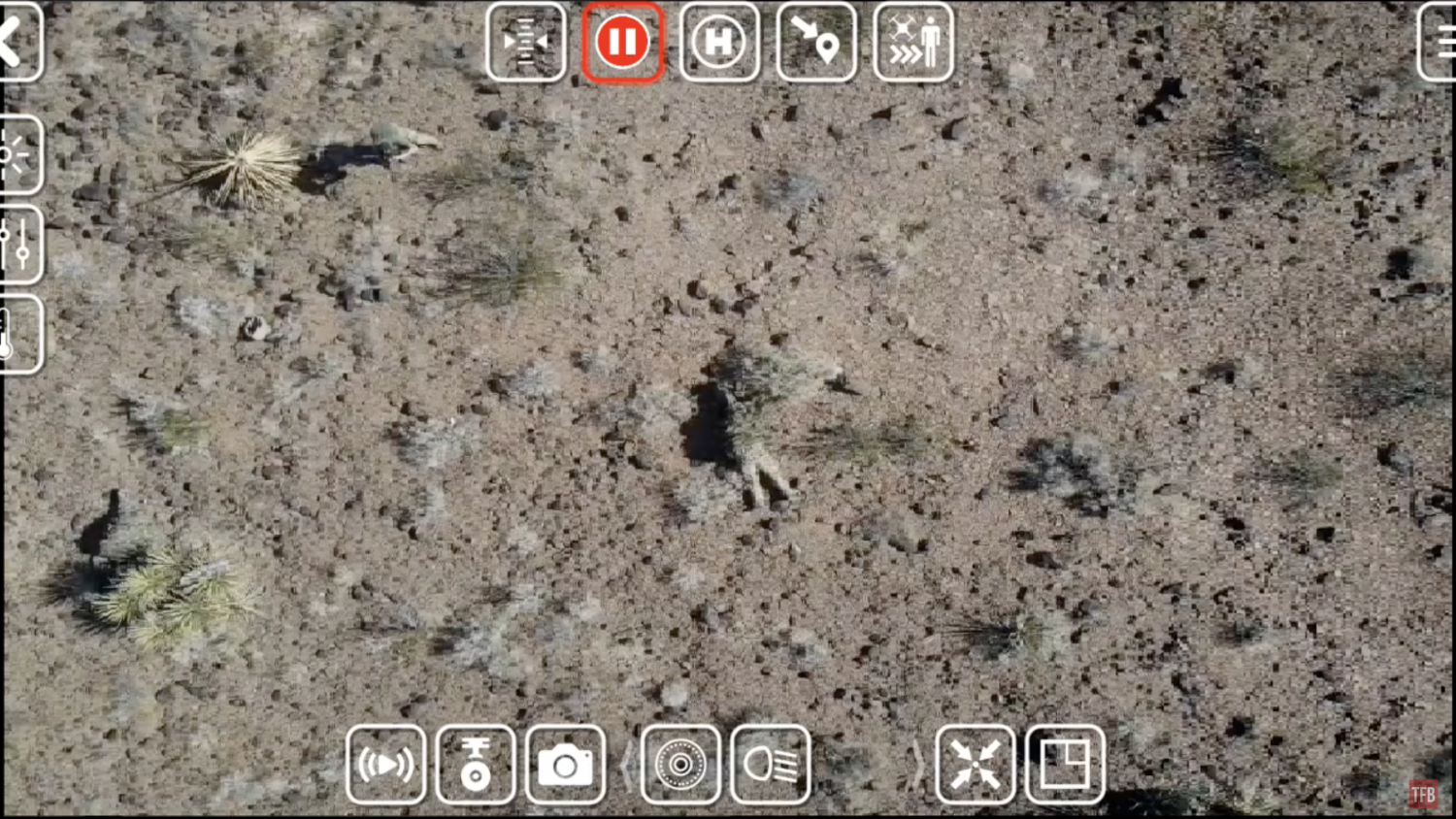
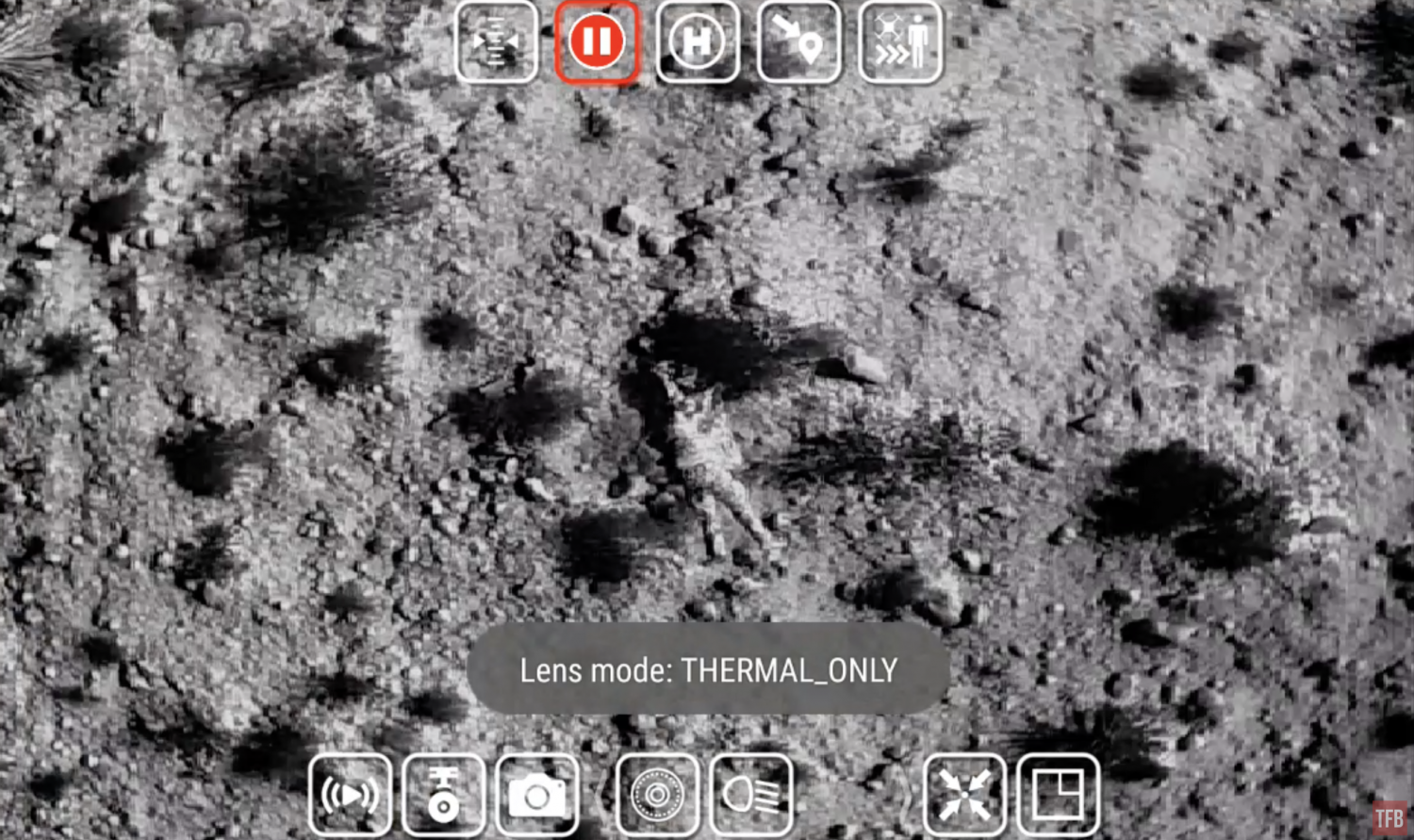
There are different criteria with regards to thermal camouflage. My friends and I were only focused on hiding from thermal sensors with something you could easily deploy or wear. It had to work both VIS and IR but defeating those is pretty easy. I did notice a slight weakness in this system and that is full-spectrum cameras. It is somewhat like IR but infrared like analog night vision is monochrome. Full spectrum cameras see a wider bandwidth of light and show color. The IR reflective fabrics do not look as natural as the Beez Combat Systems but depending on the environment and natural foliage it is possible the Beez Combat Systems material will stand out more than the others since it does not reflect IR like natural foliage. However, this exploit is not being utilized as far as I know. No one is actively scanning for targets or threats with full-spectrum cameras. I have heard of some drone surveillance systems that can pick out artificial camouflage from thousands of feet in the air. But systems like that are very expensive.Practical thermal camouflage has to function like optical camouflage. It needs to break up your signature from someone searching for you with a thermal sensor. Daytime is easier to blend in but nighttime is difficult due to the temperature delta (difference in ambient temperature to your body temperature).
There is one aspect that was not a priority for my friends and I but is something the Relv Camo and Beez Combat Systems advertises. They function as a hide. You can peer through the material to observe your surroundings. The different types of materials we tested were not focused on this aspect. We only focused on beating thermal sensors as best we could.
Here is a simple test I did with an InfiRay RS75 thermal weapon sight. I threw the Beez Combat Systems blanket over my head and the thermal sight. This is what the thermal image looks like.
In my video above “Thermal Camo – Does It Work” my friends found an off-the-shelf material that is cheap and works wonderfully. They are keeping it hush at the moment but you can see the results. Our friend Tom was laying down on the ground the entire time and we did not see him with thermal. It was nighttime when we tested this so it was pretty chilly. That material completely masked his signature and it was only our friend Issac pointing him out that we saw how effective it was. Our other friend that used the Beez Combat Systems hid behind a fallen tree branch which masked him from our POV. It was not a good test of the Beez Combat Systems material on its own merits so that test was invalid.
Both the Relv and Beez Combat Systems blankets are rather pricey at over $400 for a 4.6′ x 7.6′ piece of fabric. The Beez Combat Systems blanket is robust but heavy while the Relv is lightweight but could rip if it snagged on branches. Also, the light weight of the Relv makes it more susceptible to moving under a breeze than the stiffer Beez Combat Systems.
Hope you enjoyed reading this. We had fun testing the thermal camo but haven’t had the time to meet back together to test it further.

